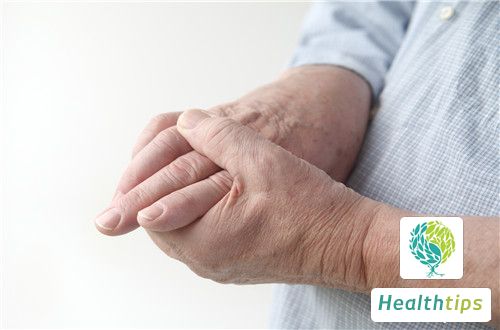Why Does the Breast Produce and Release Liquid?
Breast diseases come in many types and are highly prevalent, posing a significant threat to women's health. The symptoms of breast conditions can vary widely, and some women may struggle to understand their specific situation when experiencing breast problems. For example, some women may notice fluid coming out of their nipples even though they are not breastfeeding, which can be a cause for concern.

What Causes Fluid to Come Out of the Breast?
There could be several reasons for this phenomenon, including:
- Diseases of the hypothalamus or pituitary gland
- Endocrine system disorders
- Chest diseases such as chronic mastitis, chest herpes zoster, and chest wall injuries
- Side effects of medications like chlorpromazine, morphine, reserpine, Domperidone, Metoclopramide, Imipramine, Methyldopa, and hormone drugs like contraceptives, which can disrupt endocrine function and stimulate prolactin secretion leading to breast leakage
- Local irritation of the breast and systemic stress responses such as frequent manipulation or suckling of the nipple, severe mental trauma, sudden lifestyle changes, etc., which can also trigger an increase in prolactin levels causing breast leakage.
Symptoms of Fluid Coming Out of the Breast
Breast duct ectropion: Some patients with this condition may experience nipple discharge as their initial symptom. The color of the discharge is often brown with a few cases being bloody. This disease is common among women aged 40 and above who are not breastfeeding or during menopause. There may be a lump in the areola area that is adherent to the skin, usually less than 3 centimeters in diameter, accompanied by enlarged, soft, and tender lymph nodes in the same side axilla. If infected, the affected area may show signs of inflammation such as redness, swelling, pain, and heat.
Intraductal papilloma: This condition is most commonly seen in individuals aged 40 to 50 years old. 75% of tumors occur near the nipple area and are small, pedunculated with villous structures and thin-walled blood vessels making them prone to bleeding. Sometimes a cherry-sized mass can be felt under the areola upon careful examination, which is soft, smooth, and mobile.
Cystic hyperplasia of the breast: This is commonly observed in women of childbearing age. Some patients may have yellow-green, brown, bloody, or colorless serous nipple discharge. This condition typically manifests in two ways - periodic breast tenderness that is most pronounced or aggravated during the premenstrual period (which may go unnoticed in mild cases) and multiple lumps in the breast that can be unilateral or bilateral, localized or diffuse throughout the entire breast. These lumps are nodular in appearance with irregular sizes, tough but not hard texture, non-adherent to the skin, and ill-defined borders with surrounding tissues. They tend to shrink after menstruation.
Breast cancer: Some breast cancer patients may have bright red or dark red nipple discharge, sometimes clear watery discharge that is colorless, transparent, and occasionally viscous, leaving no trace after extrusion. The two peak ages for this disease are 45-49 years old and 60-64 years old. The disease progresses slowly with the patient noticing a painless breast lump accidentally, usually located in the upper inner or outer quadrant. It gradually enlarges and does not cause any discomfort. In late stages, there may be orange peel-like skin changes and satellite nodules at the affected site, along with enlarged, hard axillary lymph nodes that may fuse together with disease progression.
Please note that the above information is for reference only. If you have any health concerns or questions, please consult a doctor for diagnosis and treatment promptly. Additionally, due to the involvement of medical expertise, the above translation is for reference only, and actual medical conditions should be diagnosed by a professional doctor.



















